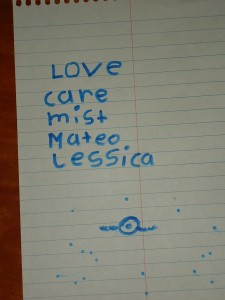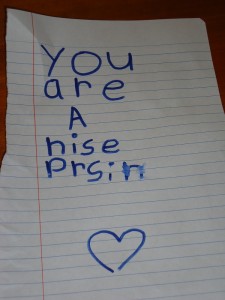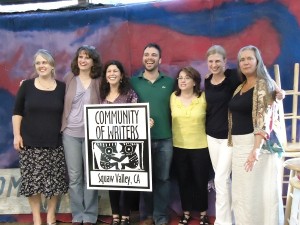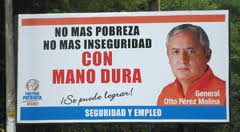The Sunday, September 18 New York Times ran this article, For Adoptive Parents, Questions Without Answers. An excerpt:
On Aug. 5, this newspaper published a front-page article from China that contained chilling news for many adoptive parents: government officials in Hunan Province, in southern China, had seized babies from their parents and sold them into what the article called “a lucrative black market in children.”
The news, the latest in a slow trickle of reports describing child abduction and trafficking in China, swept through the tight communities of families — many of them in the New York area — who have adopted children from China. For some, it raised a nightmarish question: What if my child had been taken forcibly from her parents?
The details of the story felt familiar to me. As an adoptive parent to children from Guatemala, I also wondered whether or not the adoptions of my children were legitimate. The longer I parented my children, the more deeply I understood the loss endured by their birth mothers. What if those women had been coerced to relinquish their children? Or worse, what if my children had been kidnapped?
How can any adoptive parent not ask the same questions? If one follows newspaper articles, blogs, books, and TV reports, one would believe every birth mother was coerced, and every child kidnapped. What if that described our situation, too?
So I searched for my children’s birth mothers, to hear in their own words the reasons why they gave up their children. Now I don’t have to wonder. I know. My kids don’t have to wonder, either; they’re young, but they’re old enough to understand hardship, and tough decisions, and what it means to feel like you have no other options. At the same time, my kids know they are loved. How? Their birth mothers told them so.
The birth mothers of my children don’t have to wonder, either. “Ana” and “Juana” have seen their children, and touched them. Held them on their laps. Ana and Juana know their babies are alive and healthy, and loved–not only by them, but by me, too. Our family circle is enlarged. At the center, there is no mystery.
The situation in China reinforces my belief that all adoptions should be open–that is, birth mothers and adoptive parents should be allowed contact, and encouraged to communicate. Questions can be answered. Fears can be put to rest.
On a recent trip to Guatemala, I asked our “searcher” how many cases of coercion or kidnapping she had discovered during her interviews with thousands of Guatemalan birth mothers. Her answer: zero.
Wouldn’t adoptive parents like to hear that information from their children’s birth mothers, themselves? That, for reasons of their own, their Guatemalan mothers relinquished their children, not without pain, but with free will? By definition, adoption involves great loss. What it doesn’t need is silence.


 ShareThis
ShareThis



 ShareThis
ShareThis






